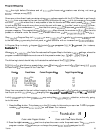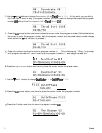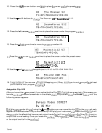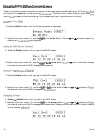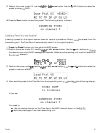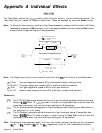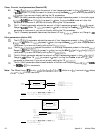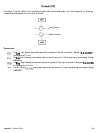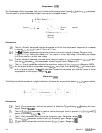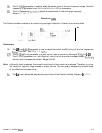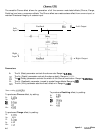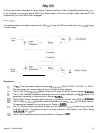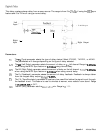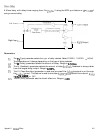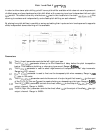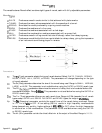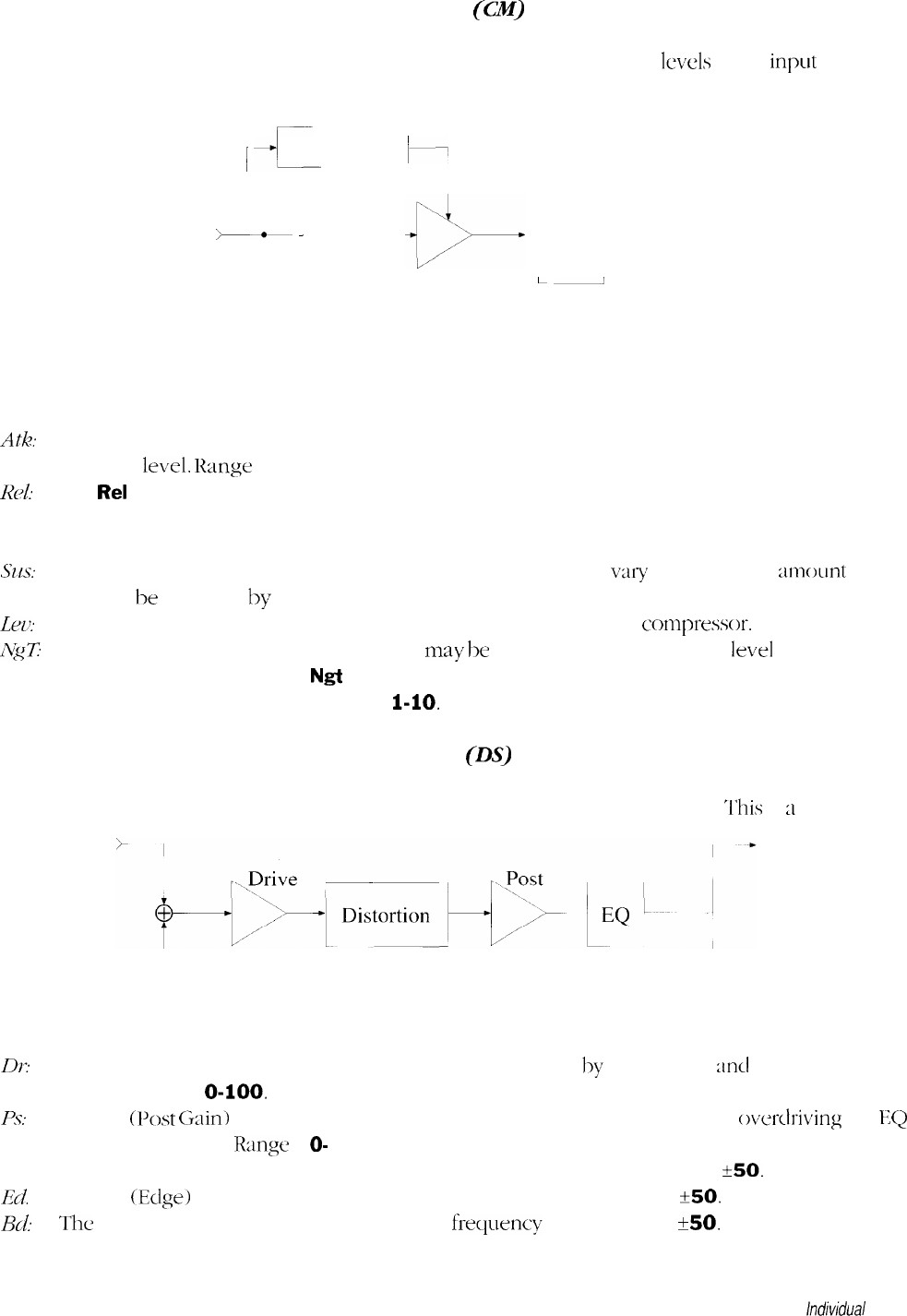
Compressor
ccn)
The Compressor effect suppresses high input levels while boosting small signal levels as the
input
decreases.
The net result is a more consistent output volume and increased sustain.
1
--,I
Peak Detect
1~
Input
N
-
1
Noise
Gate
.
output
Compressor
L
-
(Sustain)
(Level)
Parameters
Ah%.-
The Atk (Attack) parameter adjusts the speed at which the compressor responds to increases
in signal
level.
Kang:e
is from X Slow to X Fast.
Rd
The
Rel
(Release) parameter adjusts the time for the output signal to decay. Range is from
X Slow
to
X Fast.
Setting the release to
X Fast
results in a very rapid decay, while setting the release
to X Slow results in a very slow decay.
521s:
The Sus (Sustain) parameter provides seven levels of sustain to
vary
the maximum amount of gain
that can be achieved by the compressor at small signal levels. Range is O-6.
Lw:
The Lev (Level) parameter adjusts the maximum output of the
compreS.sor.
Range is 0400%.
N$27
At low signal levels, a compressor’s gain
mzty
be very high, thus raising the
level
of noise output
with no signal present. The
Ngt
(Noise Gate Threshold) parameter provides ten levels of noise
suppression on the output. Range is
l-10.
Distortion
(IDS)
The Distortion effect consists of a digital distortion followed by an equalizer section.
This
is
a
mono effect.
Parameters
Lk
The
Dr
(Drive) parameter- controls the amount of distortion
by
pre-filtering
and
boosting the input
signal. Range is
O-100.
PS:
The Ps
(Post
Gain) parameter is used to reduce the signal level to prevent
overdriving
the
EQ
section of the effect.
Range
is 0-
100.
Ft.
The Ft (Fat) parameter controls the low frequency gain. Parameter range
&50.
Ed
The Ed (Edge) parameter controls the high frequency gain. Range is *SO.
Bd:
The
Bd (Body) parameter controls the mid
fbquency
gain. Range is *SO.
A-4
Appendix A
individual Effects



